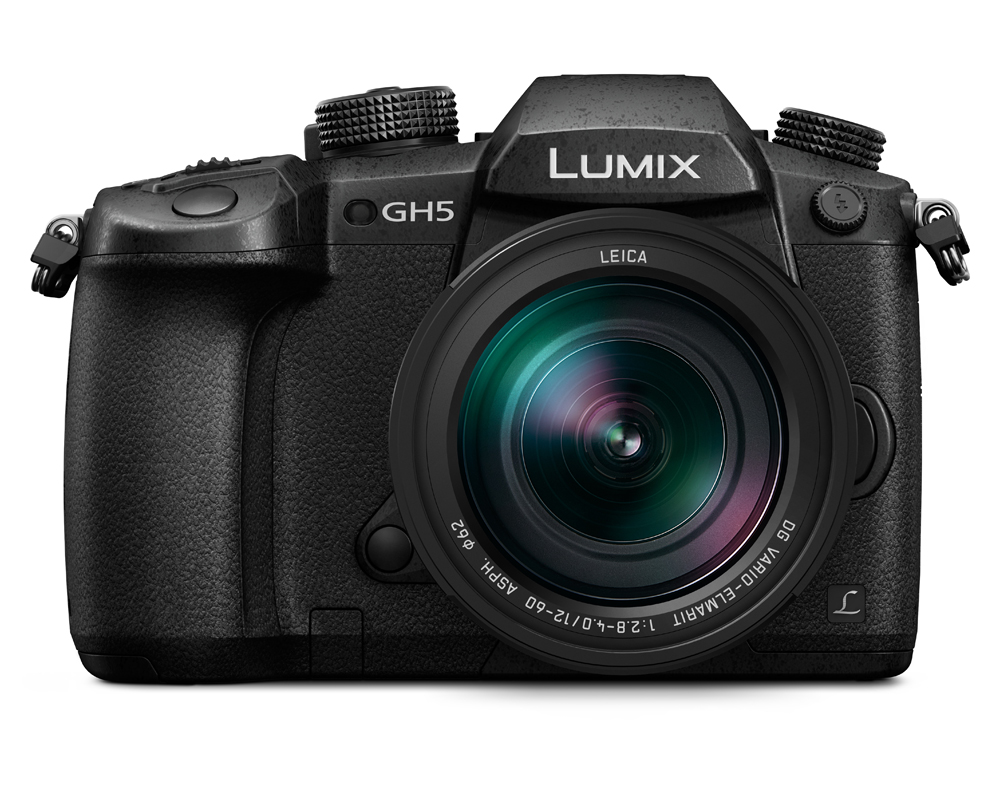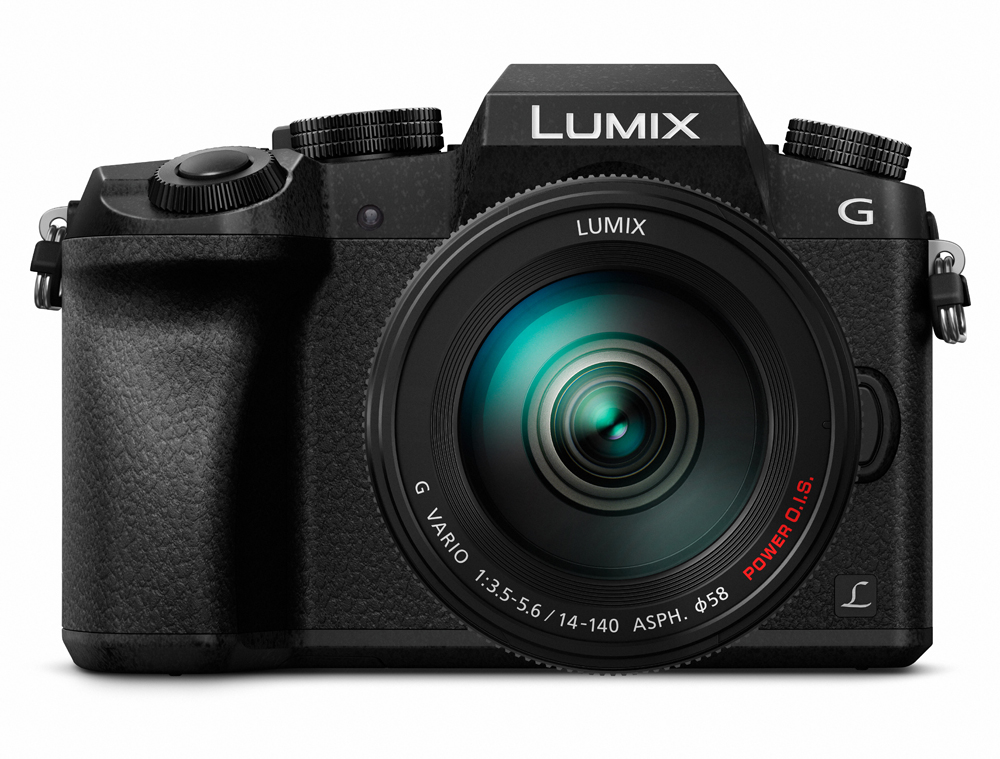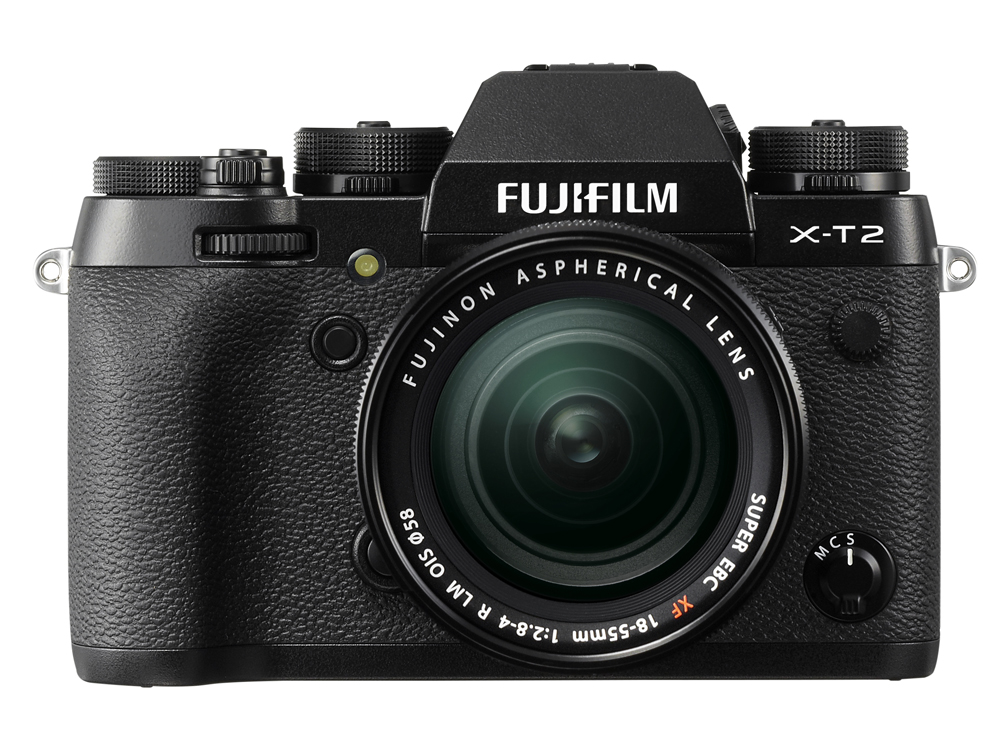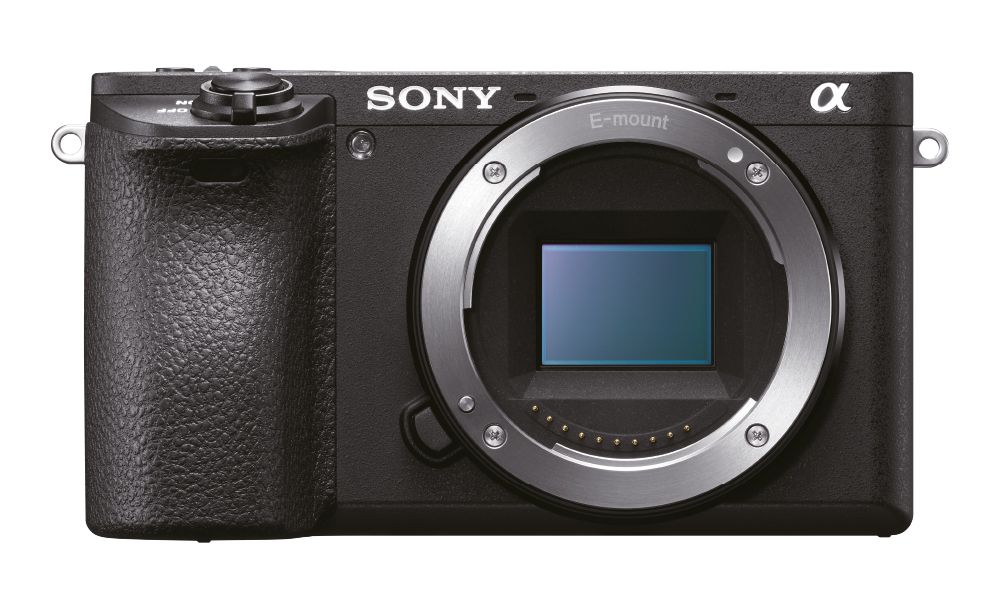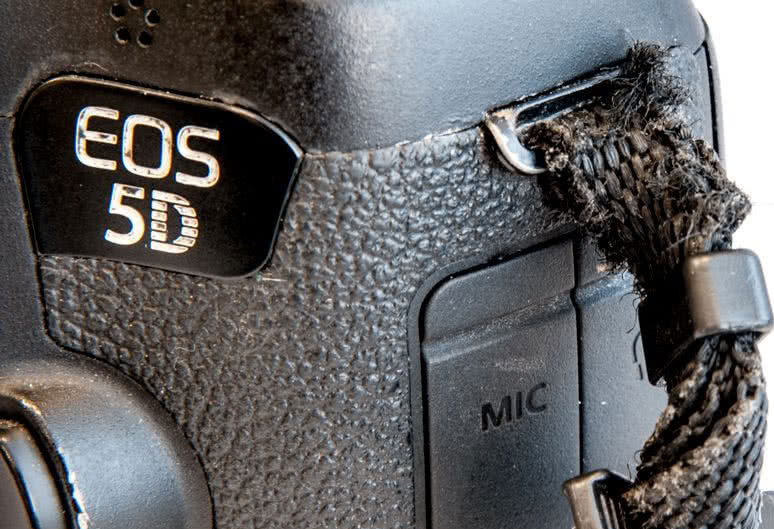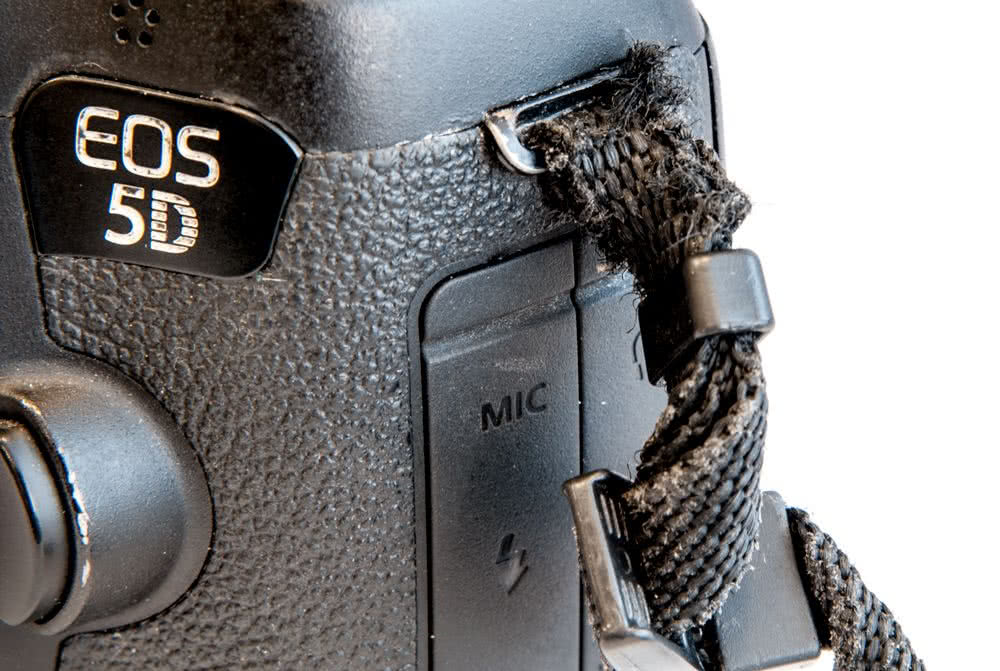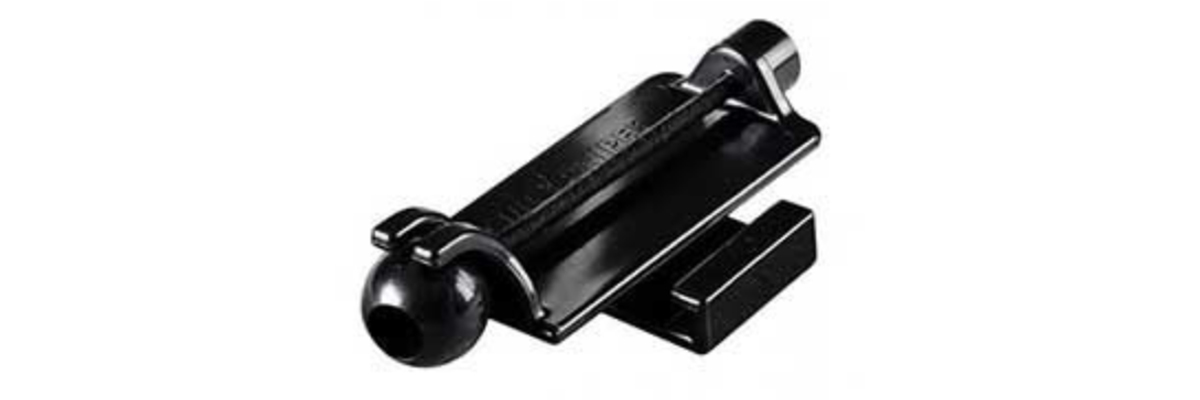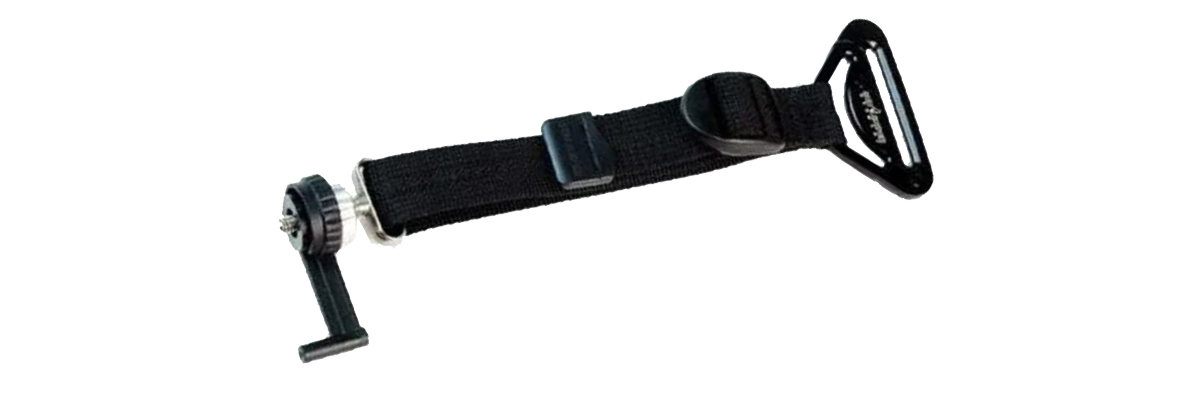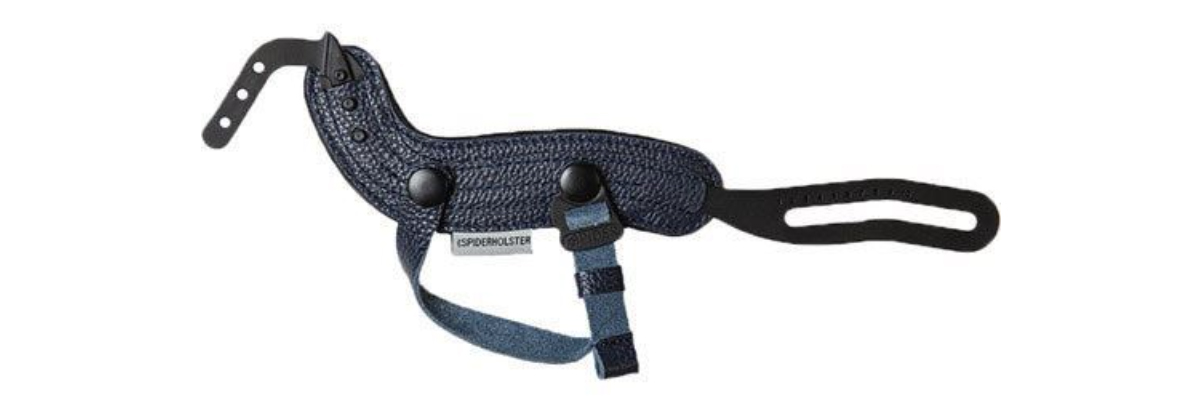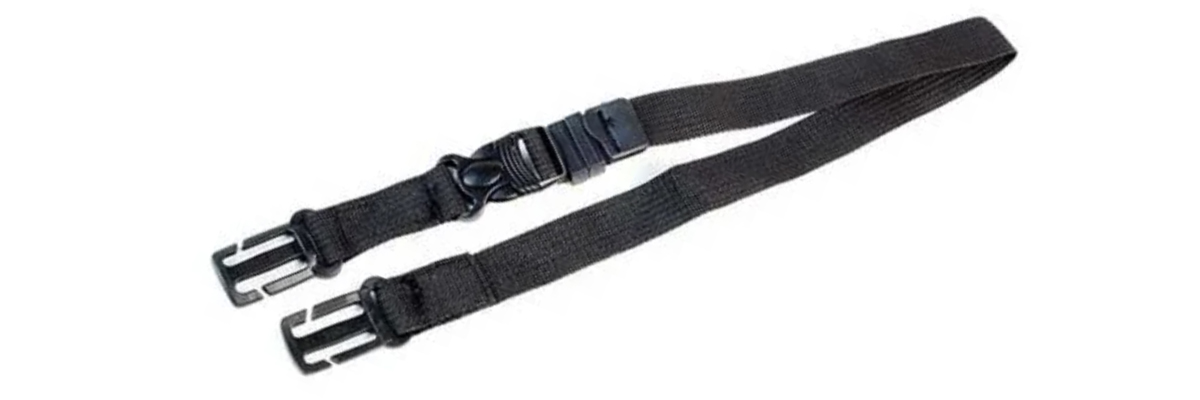Does this powerful DSLR have what it takes to compete for video shooters as well as stills? We dig into its feature set to take a closer look.
As the world of visual content chops and changes, many photographers are finding themselves wanting to diversify into video, to be able to offer their clients either or both services depending on their needs. As such, many are asking for a decent hybrid camera, a reliable stills workhorse that can also pick up the slack in video where needed.
Last year, Nikon responded to these demands with the magnificent D850 — a true hybrid camera that brings all the stills acumen you’d come to expect from Nikon and adds in some seriously impressive video functionality to boot.
If you’re thinking about picking up a hybrid camera to shoot stills and video, the Nikon D850 is a great place to start looking. In this article, we’ll break down its video capabilities in a little more detail to help you decide if it’s the right camera for you…
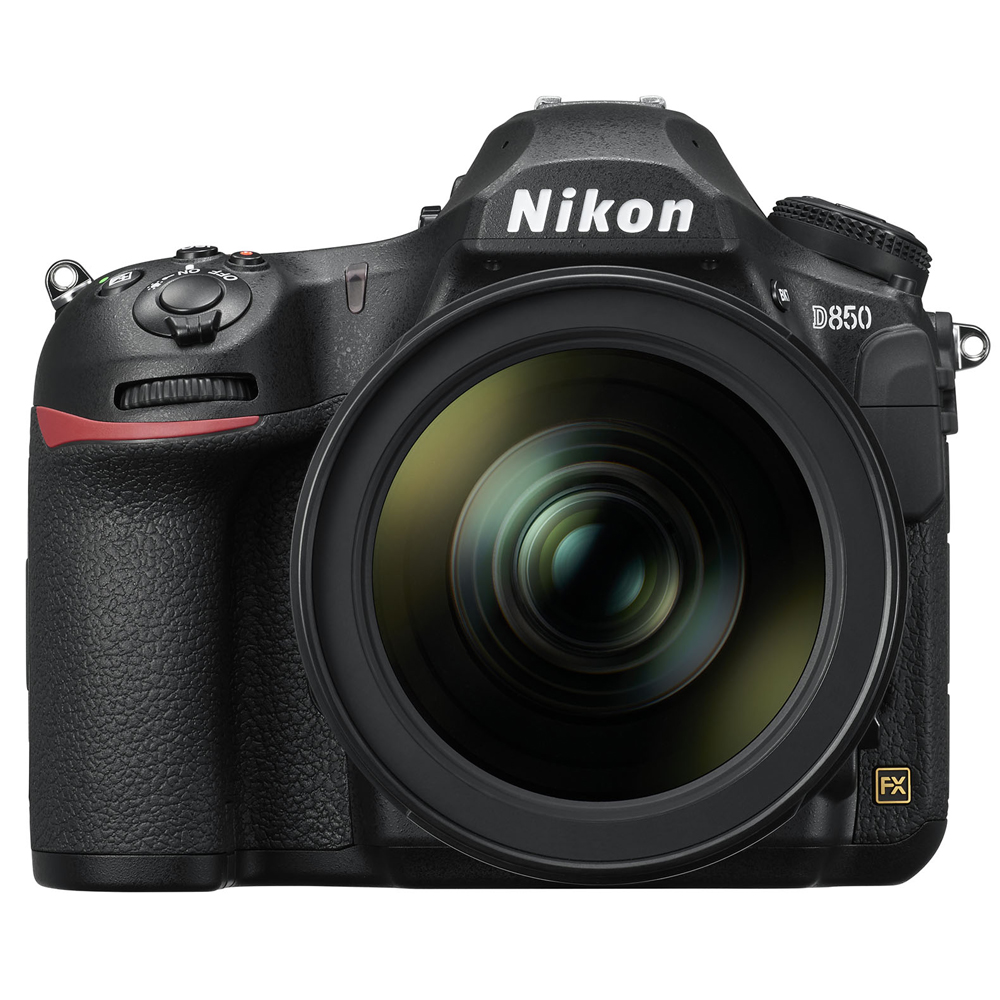
What does it shoot?
One of the headline features of the Nikon D850 is its ability to shoot 4K UHD video using the full width of its full-frame sensor — by contrast the Canon EOS 5D Mark IV, its realistic closest rival, shoots 4K video with a hefty 1.74x crop. The D850 uses intelligent pixel binning to get 4K (at 3840 x 2160) from the full width of its 8.2K 45MP sensor, and is currently the only DSLR model to shoot such video. It goes to a maximum frame rate of 30 when shooting 4K; if you’re shooting at Full HD 1080p, you can go to 60 or even 120fps for super slow-motion footage that’s still at high quality (though with a decent crop). Movies are shot in MOV or MP4 formats.
When capturing 4K, the D850 uses a bitrate of 144Mbps. This is significantly lower than the Canon 5D Mark IV, which uses a bitrate of 500Mbps. What this means is that while the D850’s footage is a little lower in quality, it eats up a lot less room on the SD card. You can record video continuously for up to 29 minutes and 59 seconds. There’s also the option to shoot 4K and 8K timelapses, although it’s worth being aware that the 8K timelapses will not compile in-camera, and will need to be assembled in post-production, and if so desired there is an exposure-smoothing function for timelapses.
The Nikon D850 doesn’t have Log profiles like its Canon and Sony rivals [link to explaining C-Log blog], however it does have a Flat Picture Control setting that’s intended to have the same effect — decrease contrast to gather as much information as possible to make the video suited for colour grading. It also has a clean HDMI output at 4:2:2 8-bit, and you can use this to record footage to an external recorder as well as the internal SD card simultaneously.
Body/controls
As you’d expect from a pro DSLR, the D850 is built like a tank, but it also has plenty of controls and physical features that should prove useful for video shooters. The tilting LCD screen on the rear is a touch-sensitive model, which adds a great deal to the D850’s operability. You can use the touchscreen to access all the main video settings — what’s more, there’s also the nice touch of keeping video and stills settings separate, meaning you can tweak your preferred defaults for one without affecting the other. This is especially useful for hybrid shooters.
The DSLR ergonomics of the Nikon D850 arguably give it an edge over its Sony rivals, with a good chunky handgrip that makes it easy to use. Dual card slots are also welcome, allowing you to keep shooting and shooting.
There are two things that video shooters often ask for that end up neglected on DSLRs and CSCs — sockets for both an external microphone and monitoring headphones. Thankfully, the D850 includes both.
Video features
Nikon has included plenty of useful features for video shooters in the D850, though it’s important to be aware of how and when they can be used.
Focus peaking, highlighting subjects that are currently in focus, is included for video shooting on the Nikon D850, a rarity for DSLRs and a welcome feature here. While you may or may not have found much use for it while shooting stills, in the more manual focus-oriented world of video, it’s borderline essential. It can be set to three intensity levels, and you also have the option of changing the colour if so desired. However, this feature is only available for shooting video in 1080p, not 4K, and it also cannot be used at the same time as digital image stabilisation, or when shooting slow-motion.
The D850 also has a highlight display mode that uses zebra stripes to indicate blown-out highlights, and electronic vibration reduction technology to control the effects of camera shake. Again, both of these features are only usable for Full HD recording, not 4K. The D850 also has the option of using its contrast-detect autofocus system for video, however, early reports indicate that this can be a little erratic and unreliable. In most situations, you’ll probably be best off using manual focus, with focus peaking for fine-tuning, and if this isn’t something you’re comfortable doing, you may want to look at Canon or Sony.
Final thoughts
The hybrid photographer/videographer was quite clearly on the Nikon engineers’ minds in the making of the D850, and if this describes what you are, or what you want to be, then it’s a superb option that’s well worth considering. Some of the limited video functionality, such as various features being unavailable in 4K, means that dedicated video shooters may want to look elsewhere, but if you’re going to be a jack of both trades, then the fact that the arguable best pro stills DSLR on the market now comes with professional-grade video features makes the D850 a very tempting prospect indeed.

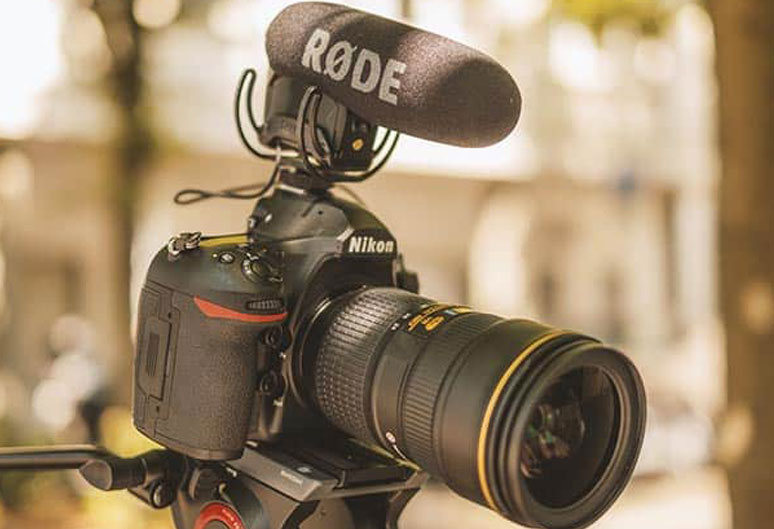
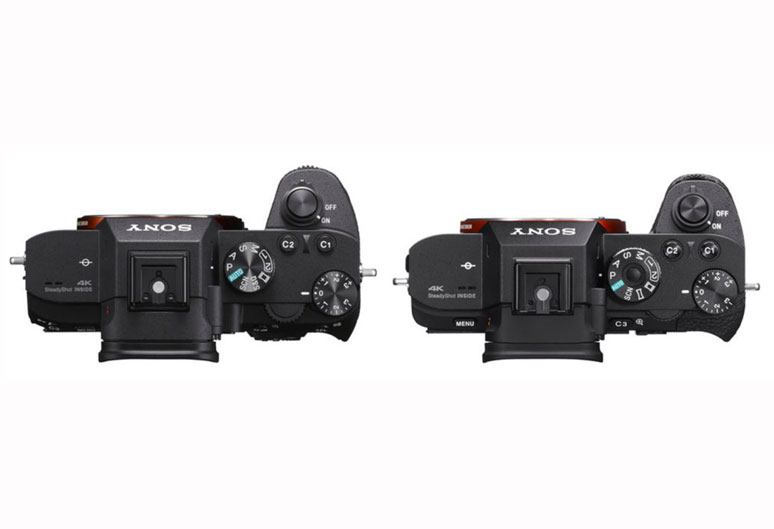
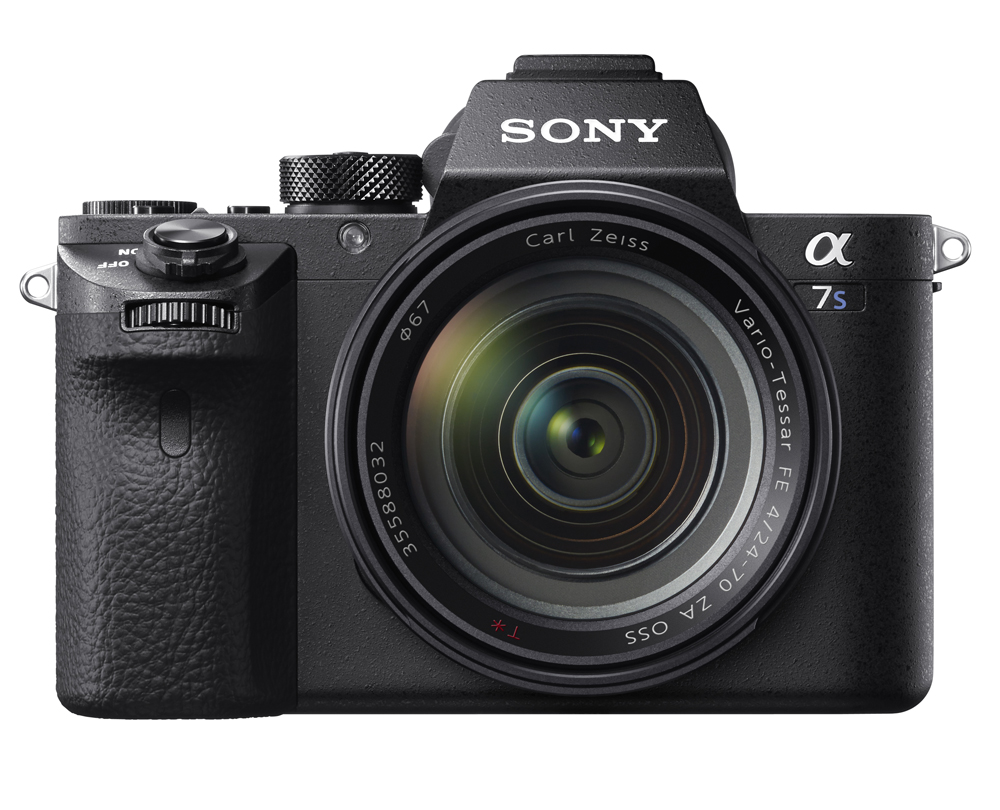 One of the annoyances with the original A7S was that it wasn’t possible to record 4K video internally — doing so required an external recorder. The Sony A7S II fixes this as its first priority — it records glorious 4K 4:2:0 8-bit video (in XAVC S format, with no pixel binning) internally.
One of the annoyances with the original A7S was that it wasn’t possible to record 4K video internally — doing so required an external recorder. The Sony A7S II fixes this as its first priority — it records glorious 4K 4:2:0 8-bit video (in XAVC S format, with no pixel binning) internally.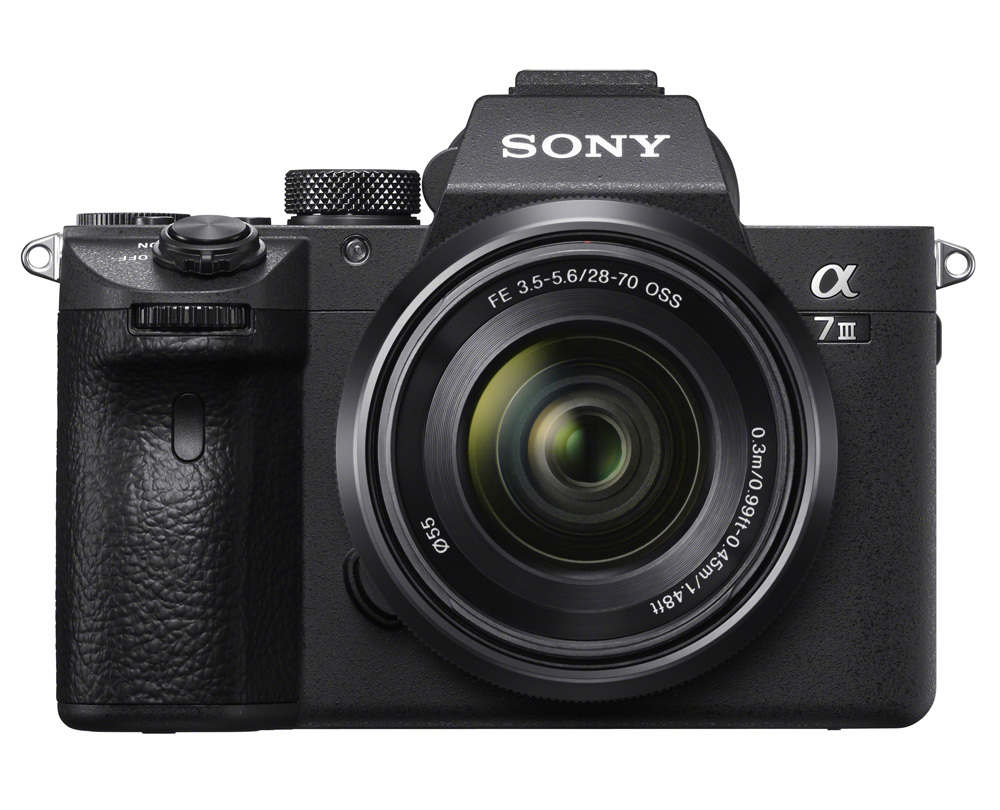 It comes fully able to shoot 4K video using the full width of its sensor, the S-Log gamma profiles and the ability to shoot Full HD video at 120fps. Resolution is higher than that of the A7S II thanks to the 24.2MP back-illuminated sensor. This means a better
It comes fully able to shoot 4K video using the full width of its sensor, the S-Log gamma profiles and the ability to shoot Full HD video at 120fps. Resolution is higher than that of the A7S II thanks to the 24.2MP back-illuminated sensor. This means a better 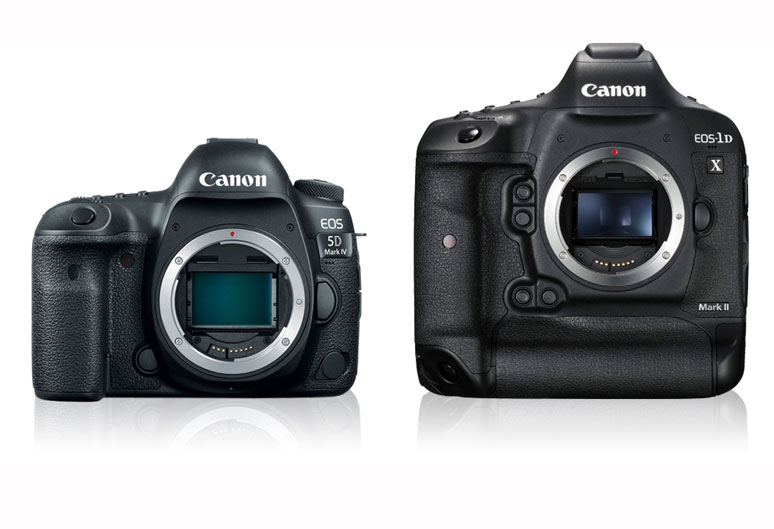
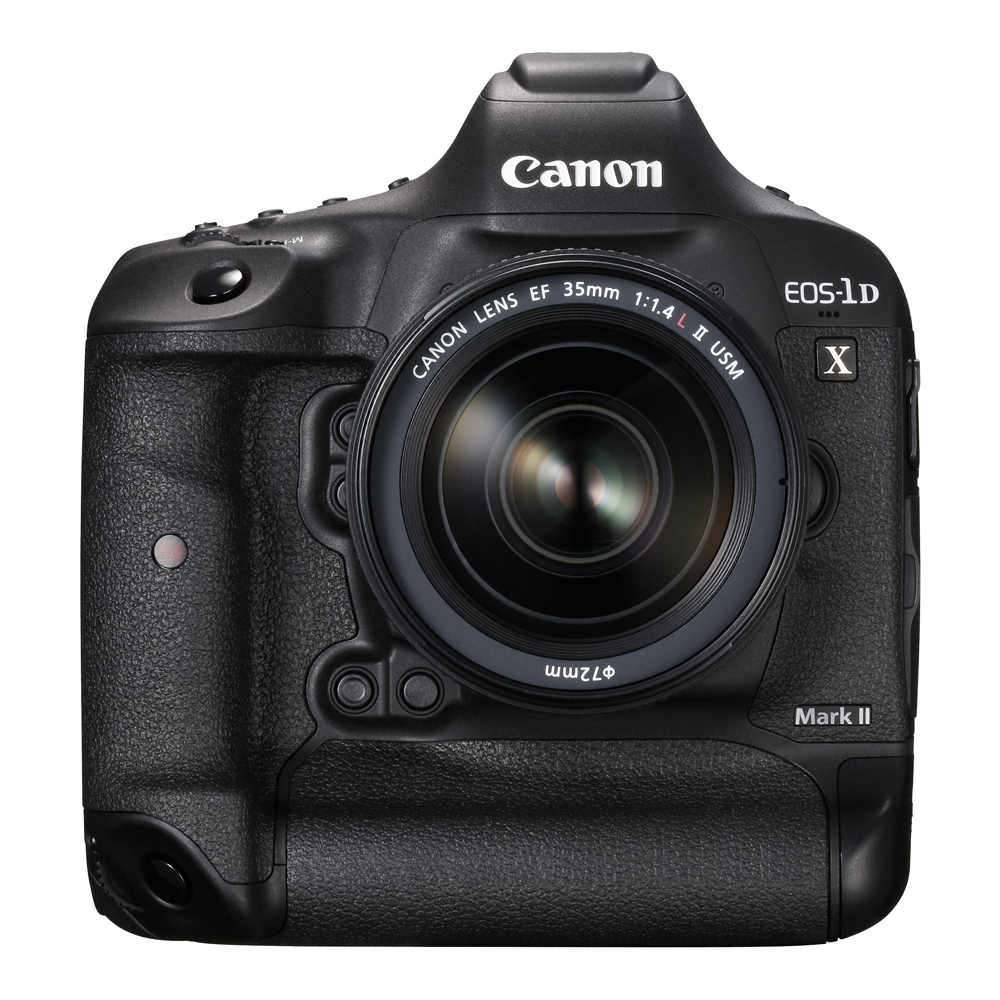
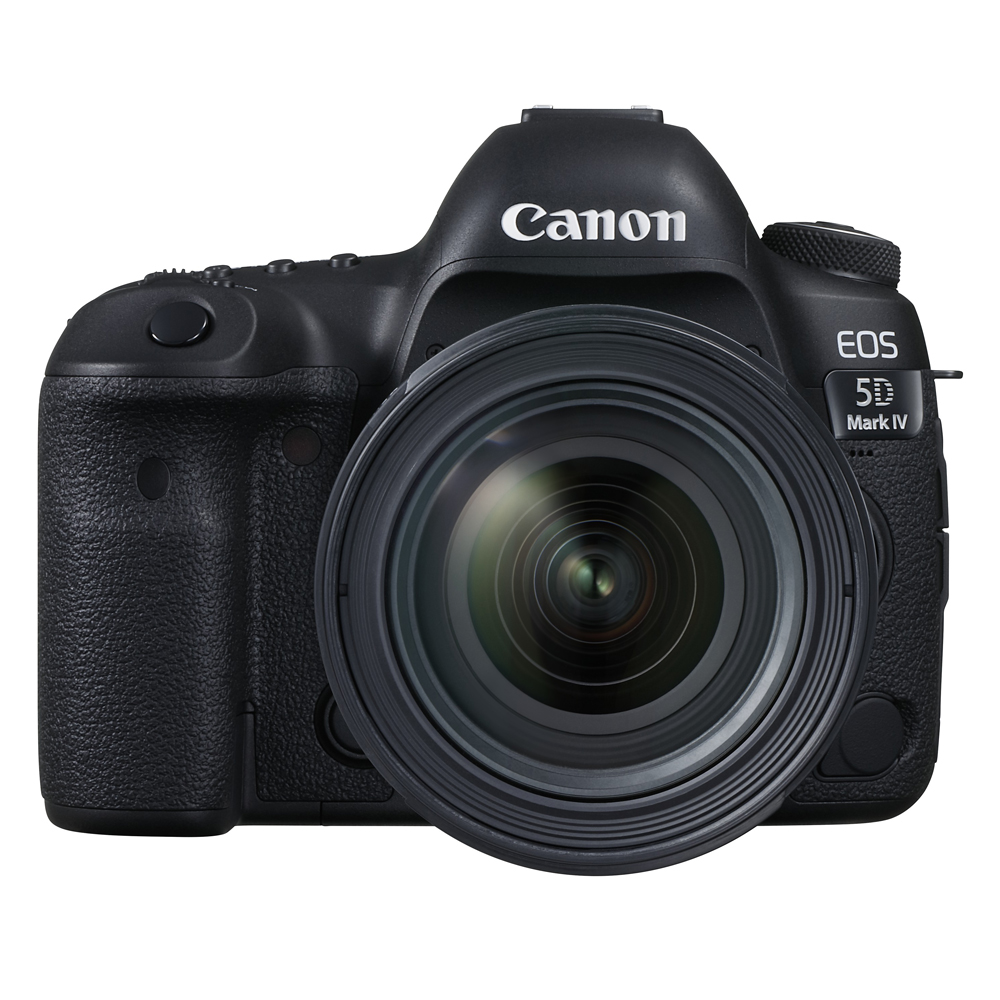
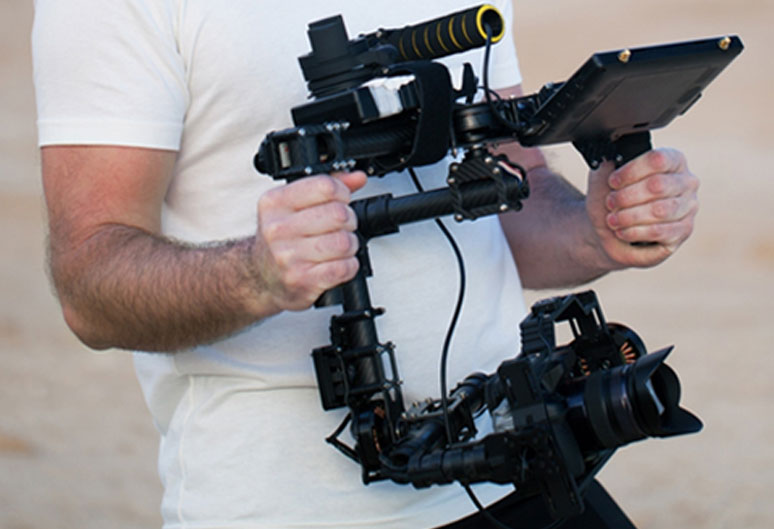
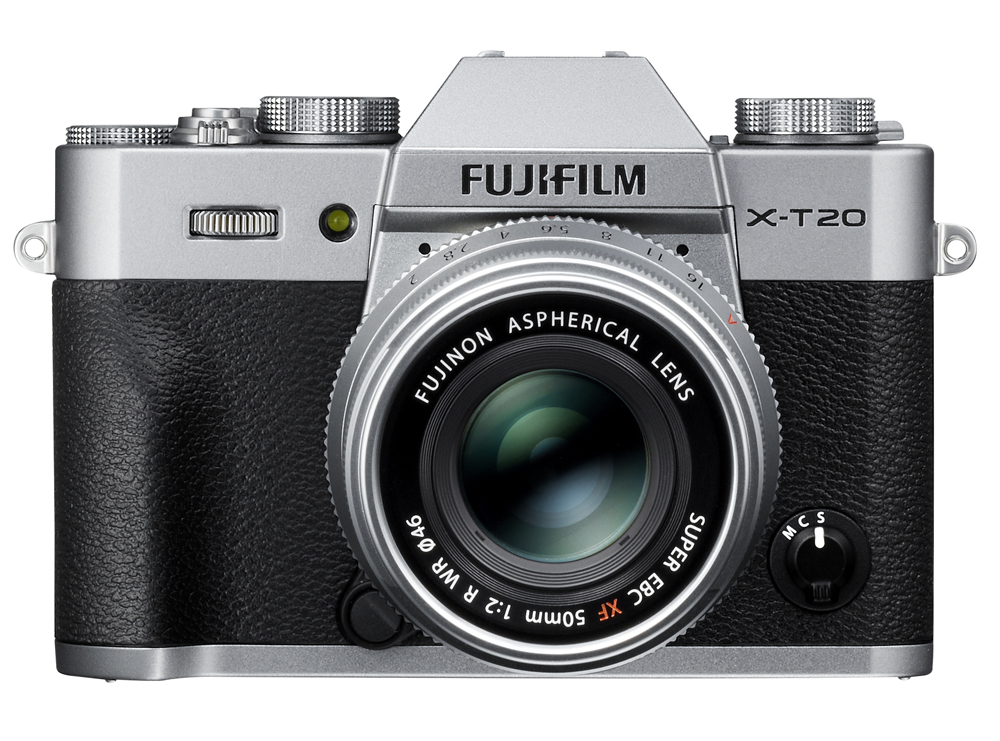 Pro: Light and portable
Pro: Light and portable